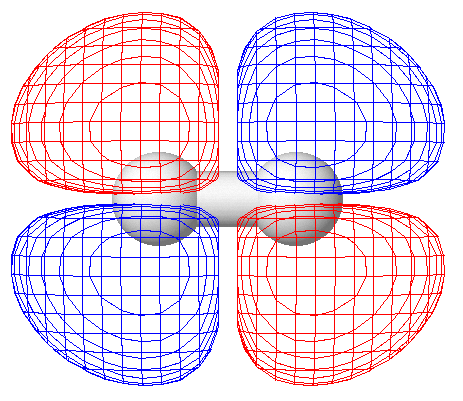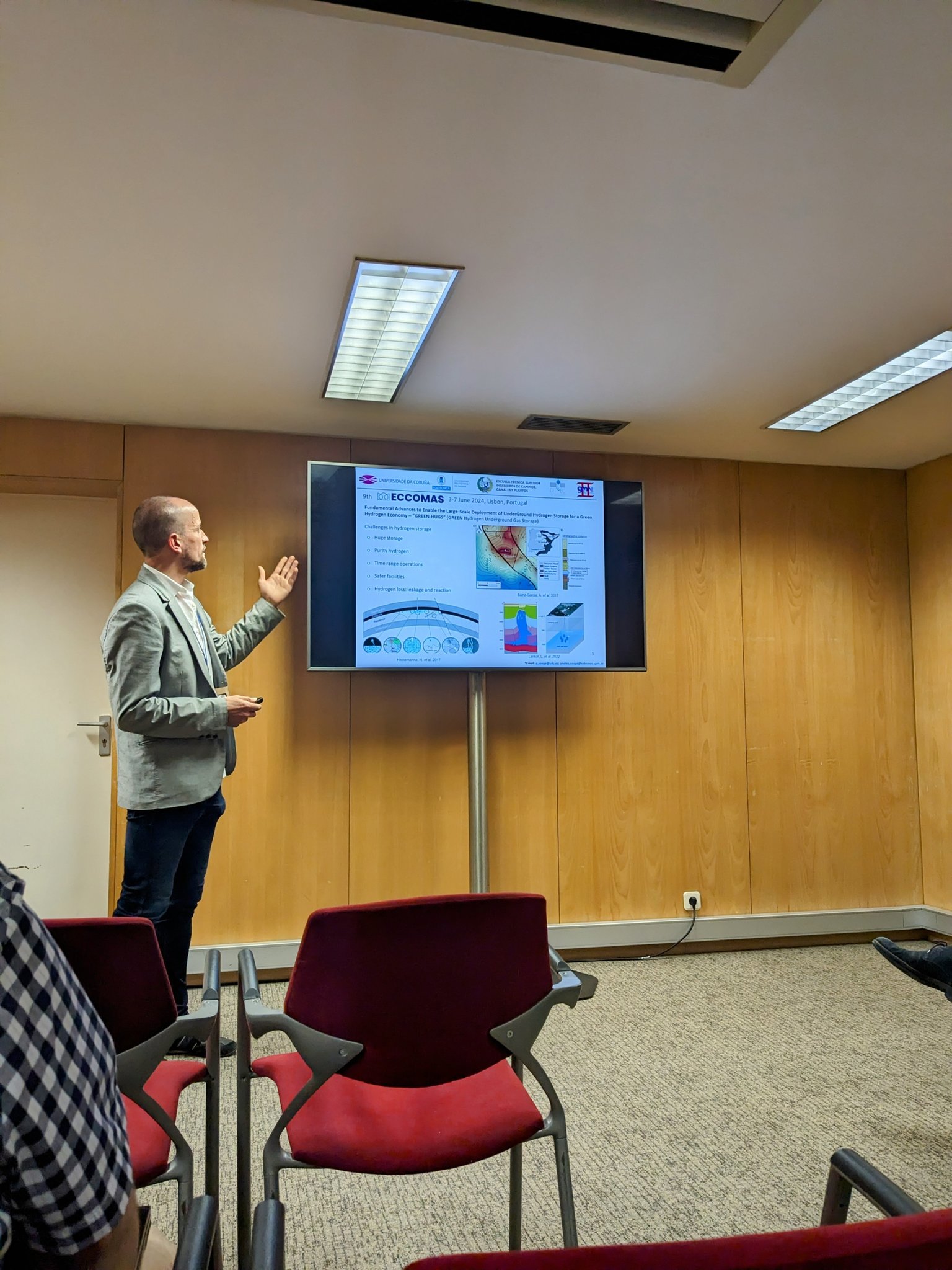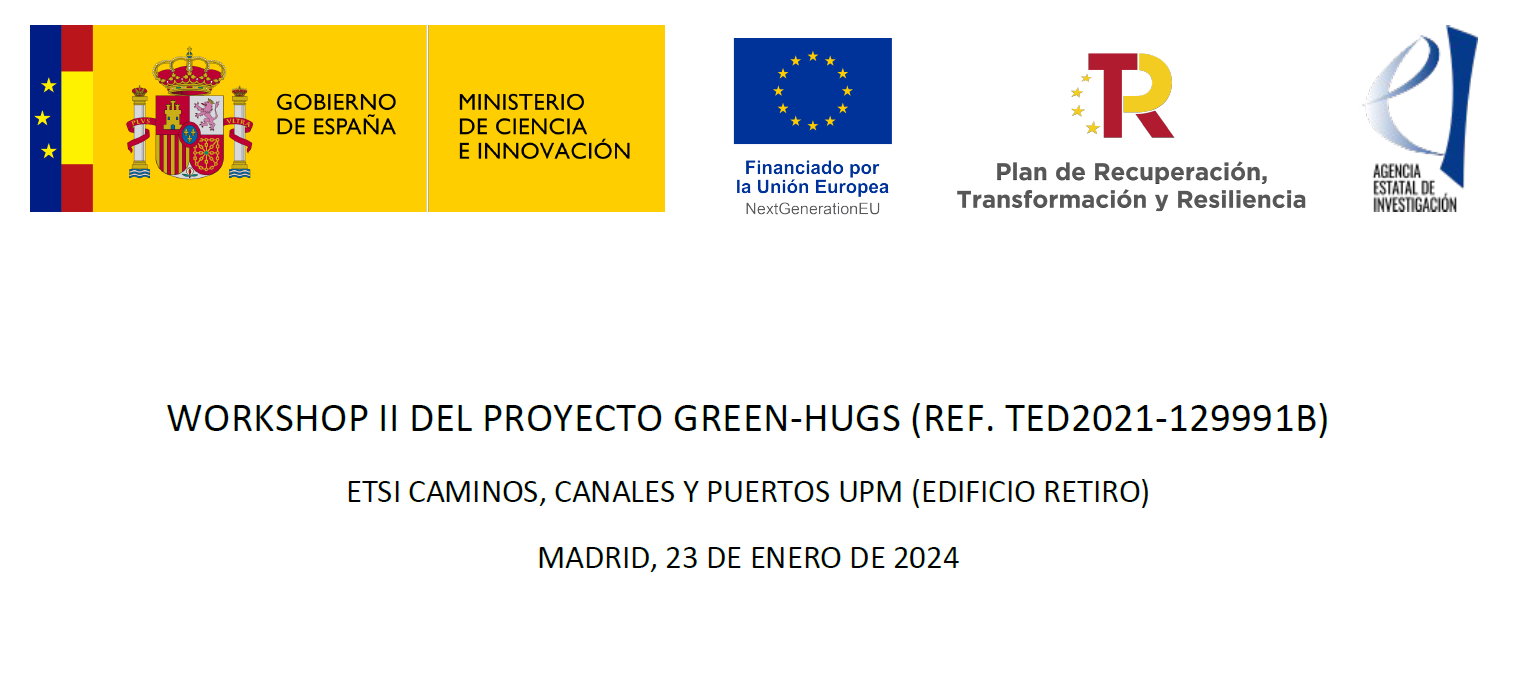About the Proyect
Green-HUGS
SP#1: Geomechanics, Safety and Structural Integrity
The general objective of Green-HUGS is to advance the knowledge base for the efficient and safe geological storage of hydrogen and thus contribute to a green-hydrogen economy and the transition to a carbon-neutral society. The massive underground storage of hydrogen is a powerful mean to manage the lag between energy production and demand and meet geographical constraints, which are typical for renewable energies like wind and solar. Due to its high mass energy density, hydrogen production has a key role to meet the intrinsic discrepancy between intermittent energy production and demand.
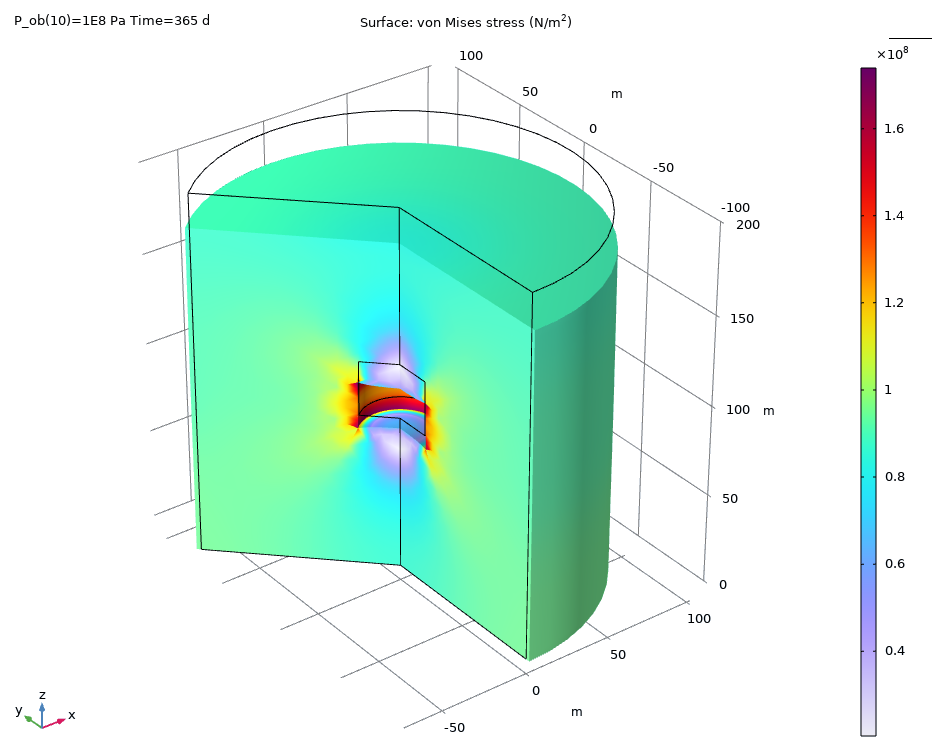
However, due to its small volumetric density, large volumes are required to meet energy storage needs of the order of GWh to TWh, far beyond what is available in standard surface-storage facilities. Geological formations such as saline aquifers, evaporite caverns and depleted hydrocarbon reservoirs provide storage capacities in the necessary energy range, and thus can serve as grid storage, which is necessary to make a hydrogen economy feasible.
The past two decades have seen intense research on the geological storage of carbon dioxide in order to mitigate greenhouse gas emissions into the atmosphere. However, firstly, the storage aims for hydrogen and carbon dioxide and the modes of operation are radically different. Hydrogen grid storage requires periodic injection and extraction on a wide range of time scales and a high recoverability and purity, while carbon dioxide storage aims at the opposite, namely long-term stable physical and chemical sequestration. Secondly, physical and chemical properties of hydrogen are very different from carbon dioxide or other gases such as methane that have been stored underground.
Thus, the scientific challenges to enable underground hydrogen storage (UHS) are related to the operational requirements of hydrogen purity, recoverability, and structural integrity of the storage formations. In order to address these challenges, Green-HUGS proposes an integrated research strategy that crosses the borders between the interconnected research fields of geomechanics, multiphase flow, hydrodynamic transport and geochemistry.
In this effort, this subproject pursues two objectives. First, to analyze the structural integrity and geomechanical phenomena associated with the creation and exploitation of salt caverns for the storage of green hydrogen. These caverns present complex rheological behaviors with viscoelastoplastic phenomena that cause creep and fatigue deformations due to the numerous cycles of hydrogen injection and withdrawal. Secondly, optimization processes will be proposed in relation to the shape, the cavern conditions and the operation and exploitation plans to improve the economic efficiency of the whole installation and its useful life.
This subproject will address these objectives by combining mathematical models and numerical simulations. The knowledge generated is expected to have a significant scientific and technological impact by advancing the understanding and computational modeling of safety and structural integrity along with the optimization of green hydrogen underground storage operations.
The general objetive of the subproject is to study the integrity and security in UHS systems. The structures of the salt caverns have to be analyzed, their shape optimized and the UHS operations regime studied (injection / withdrawal) enabling the maximization of the useful life of the installation and determining the economic viability of this industrial system.
This subproject is intended to deal with the following specific objectives of the Green-HUGS project:
- To assess the long-term safety and structural integrity of salt caverns for hydrogen storage.
- To design optimal operation protocols that maximize hydrogen storage capacity and performance, minimizing hydrogen losses and brine production.
The subproject has been funded with a total budjet of 231,840.00 €.
Funding
This project is funded by the 2021 call for of the State Program to Promote Scientific-Technical Research and its Transfer, within the Recovery, Transformation and Resilience Plan.

Ministry of Science and Innovation
Spain Government
NextGenerationEU
Uropean Union
Recovery, Transformation and Resilience Plan
Spain Government
State Investigation Agency
SpainActivity and Results
- All
- Publications
- Results
- Activity
- Other
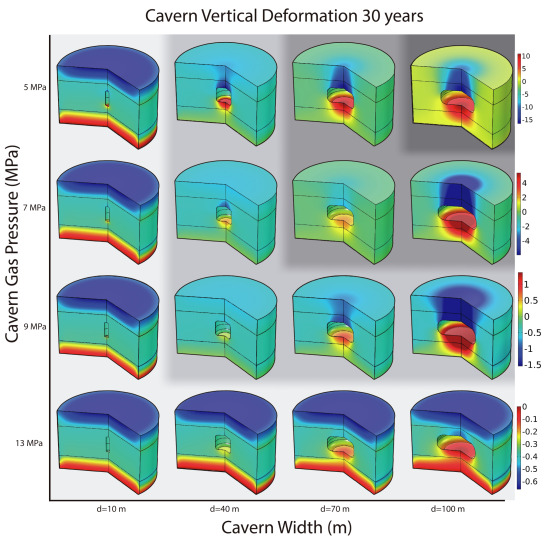
Stability analysis of single-well cylindrical–spherical salt caverns for green hydrogen storage in bedded formations
International Journal of Hydrogen Energy: 105, 845-859, 2025
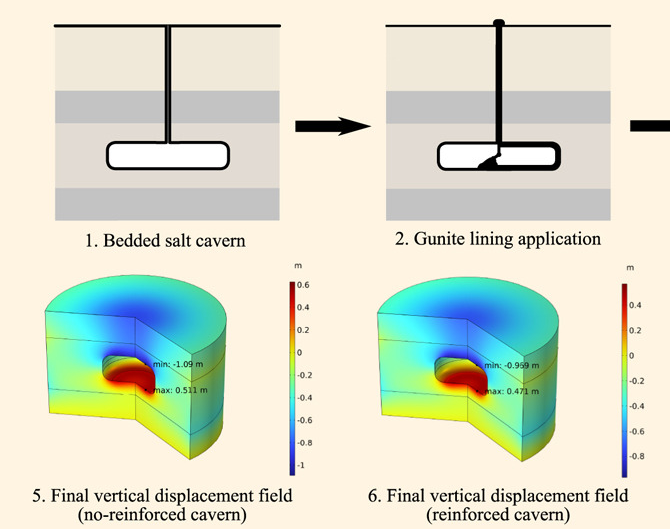
Effect of a gunite lining on the stability of salt caverns in bedded formations for hydrogen storage
International Journal of Hydrogen Energy: 90, 298-316, 2024
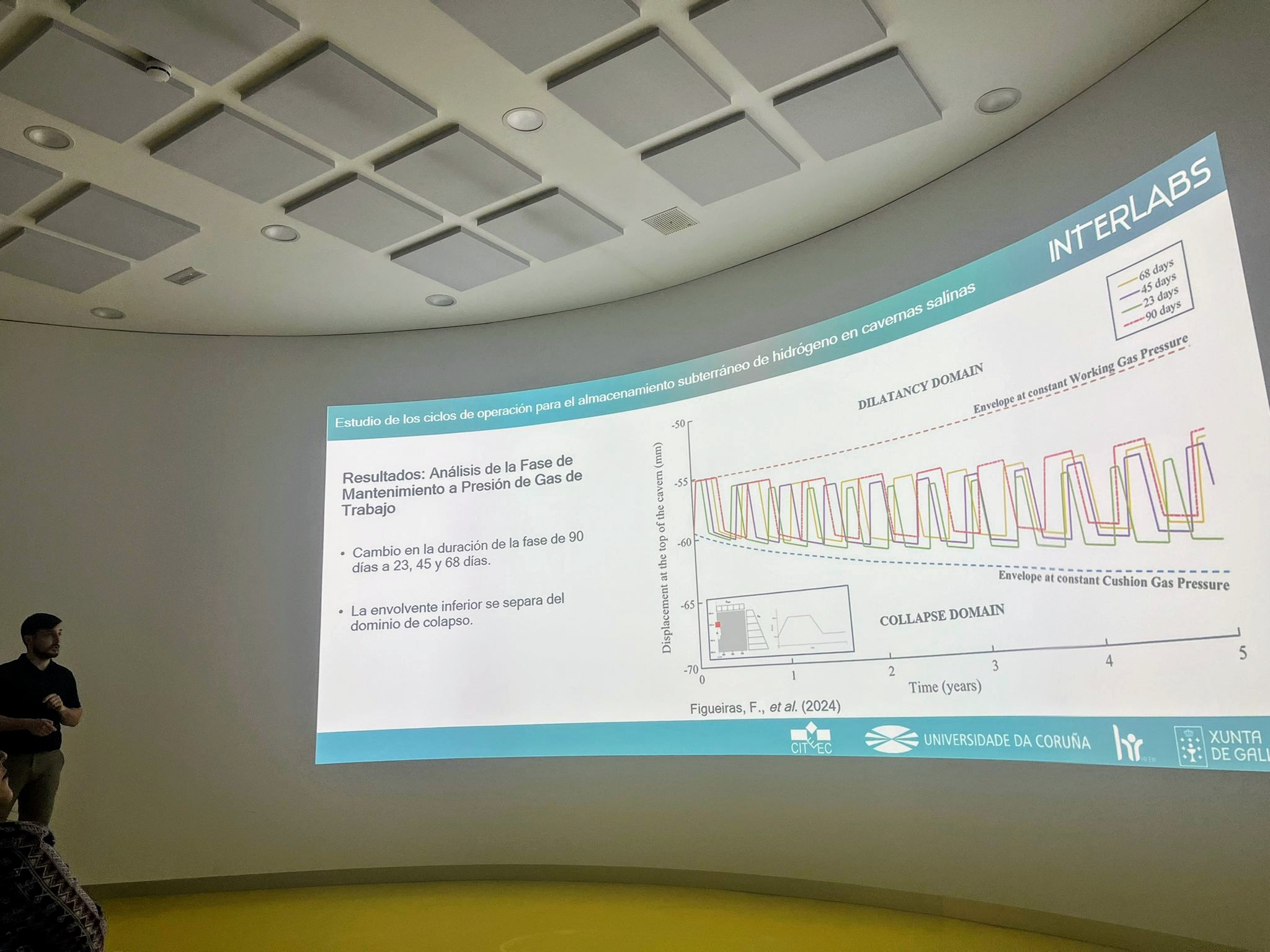
Interlabs 14 of June:
Francisco Figueiras: "Estudio de los ciclos de operación para el almacenamiento subterráneo de hidrógeno en cavernas salinas", 14/06/2024
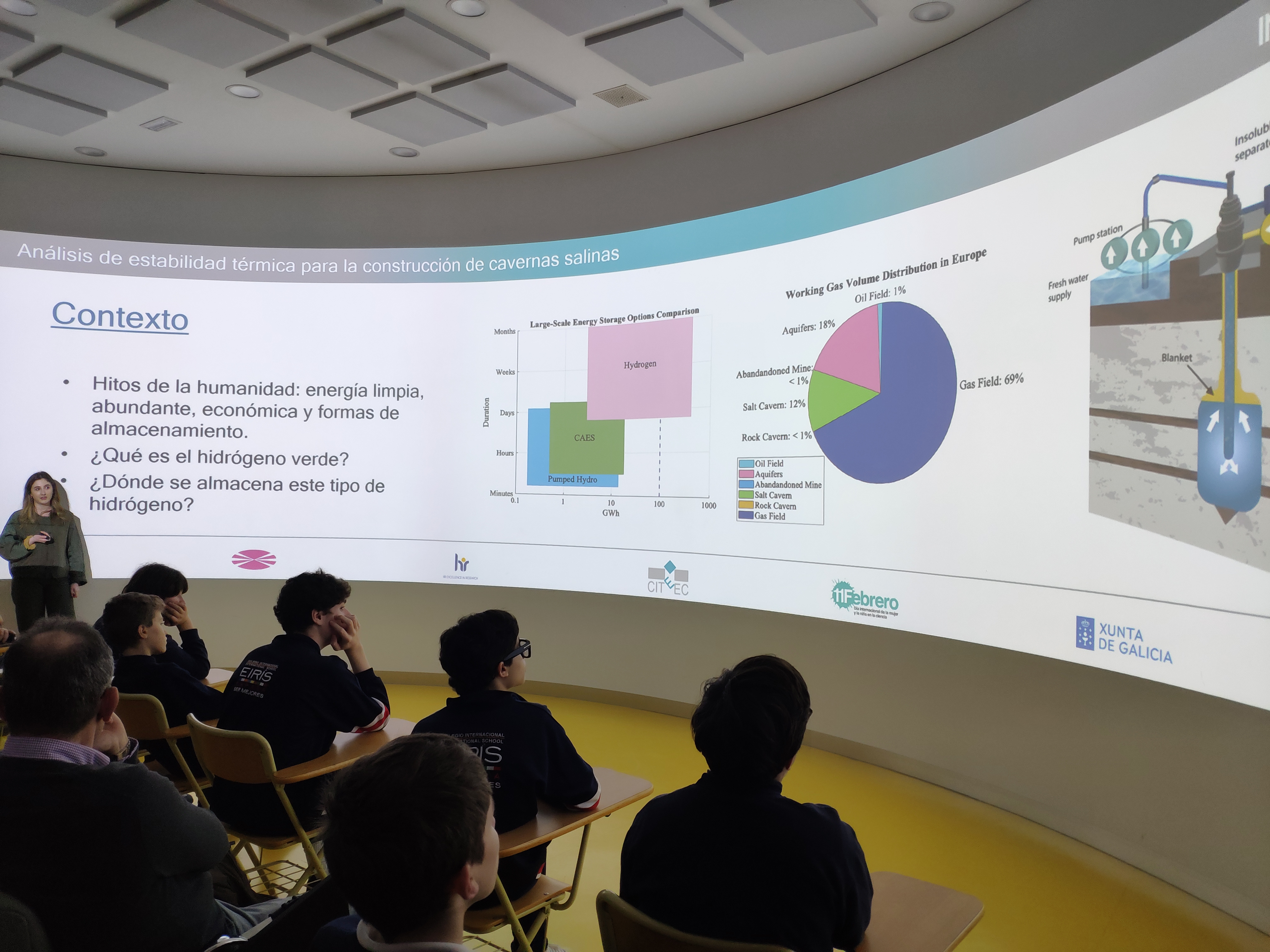
Interlabs 11F: Special edition: "International Day of Women in sciencie"
Blanca Fernández: "Análisis de estabilidad térmica para la construcción de cavernas salinas", 16/02/2024
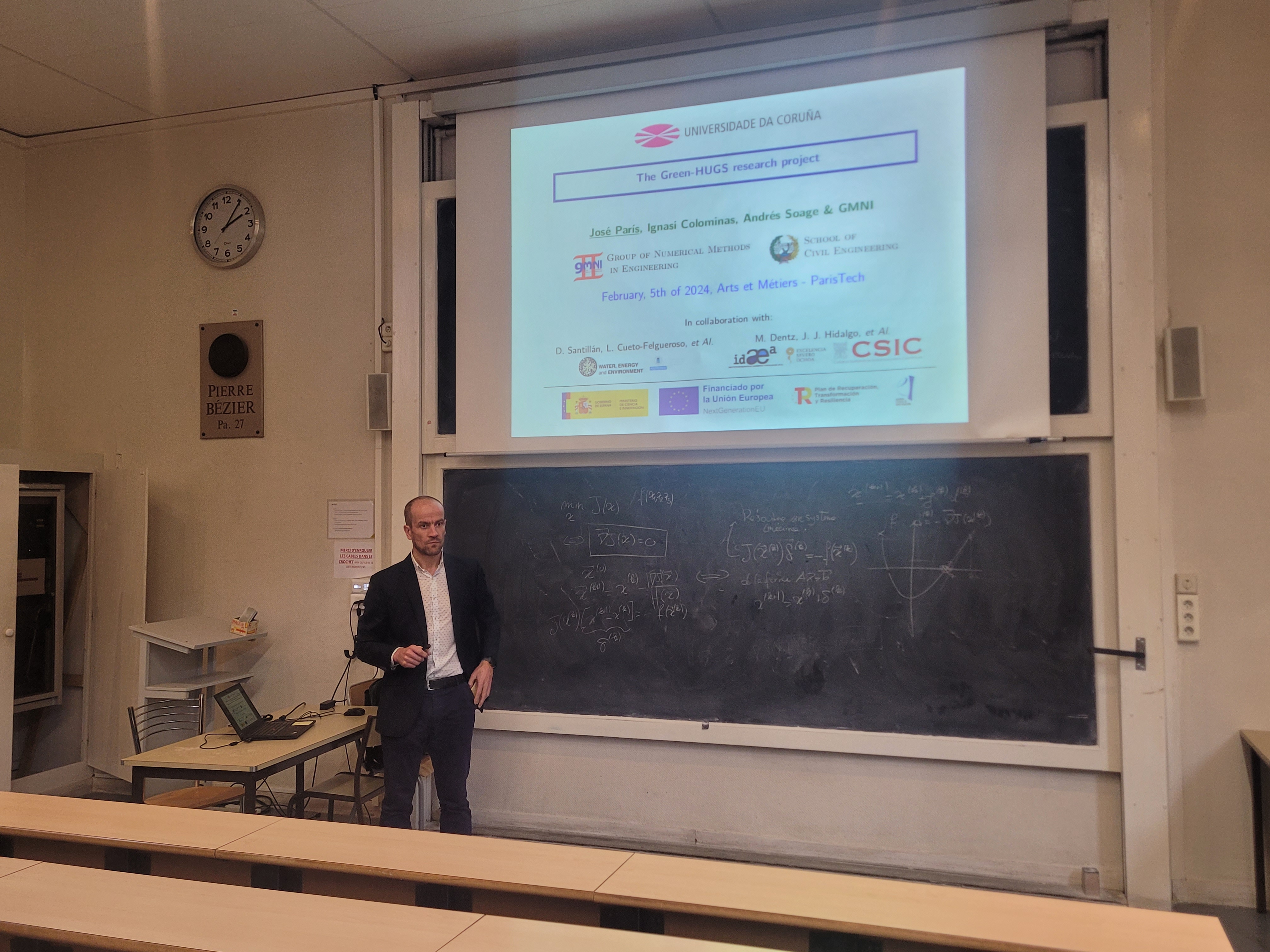
The Green-HUGS research project:
Seminar given by Dr. J. París at École nationale supérieure d'arts et métiers (ENSAM) - ParisTech , 05/02/2024

MS030 Hydrogen Underground Storage (HUGS)
Minisimposium organized at the 9th Eropean Congress on Compuational Methods in Applied Sciences and Engineering, 3-7 of June 2024, Lisbon, Portugal
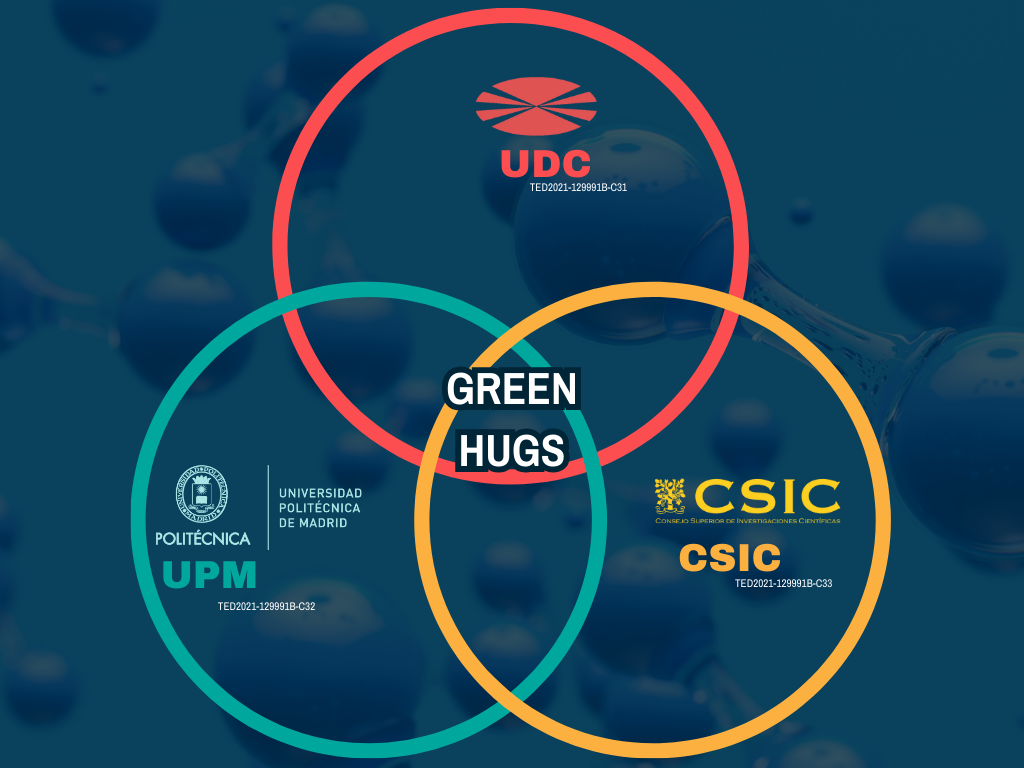
Coordination Meeting
2023/10/09
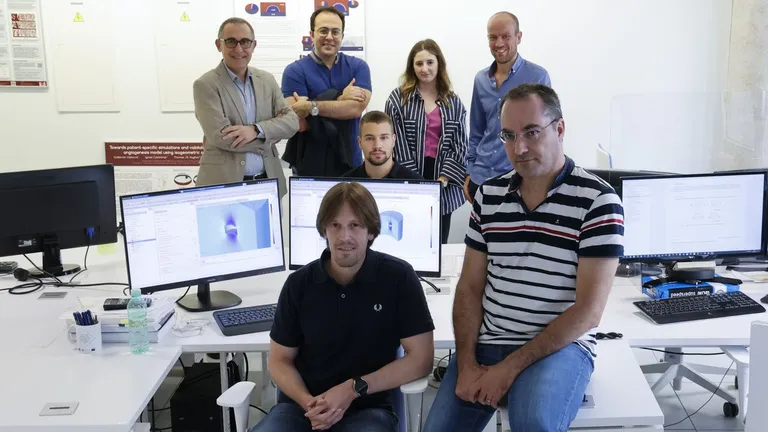
Press note on La voz de Galicia
2023/06/17

Coordination Meeting
2023/05/09

Workshop
2023/01/13

Constitution of the research consorcium
2022/11/20



